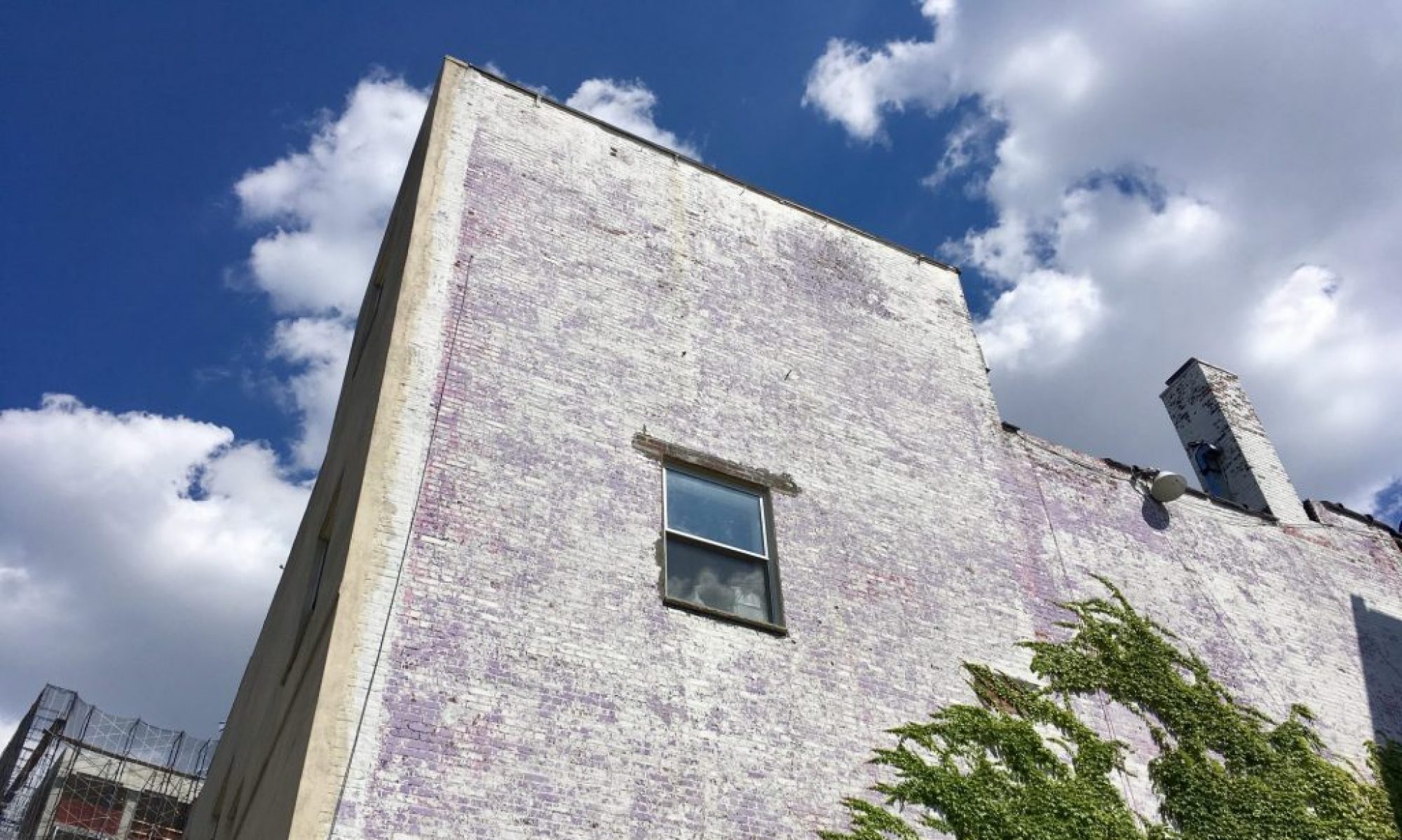
Isn’t it nice sometimes when research defies common warnings? Like maybe chocolate and red wine aren’t really that bad for you, and maybe you don’t really need to stretch before you exercise. Unfortunately, this new study by Nathan Pettit at Cornell and Niro Sivanathan at London Business school isn’t one of those cases.
The paper suggests what most of us could already vouch for anecdotally. Feeling bad about ourselves can lead to unnecessary spending.
The two researchers take things a step further by saying that moments of low self esteem motivate high-status purchases, so-called “showy” items. And because we shop to make ourselves feel better, not worse, when we’re feeling down on ourselves we’re likely delay the negative effects of shopping by using credit cards.

Pettit and Sivanathan had college students take an ambiguous computer test. They then told half the students that they’d scored in the 88th percentile, and the other half that they’d scored in the 12th percentile. The subjects who were made to feel like dummies were more likely to report they’d go ahead with a prospective purchase, and they were more likely to say they’d pay for it with a credit card.
I called up Pettit at Cornell this morning. To him, the most interesting part of this story is what he sees as a “perfect storm.” He described how “an adverse psychological state drives people towards spending money on high status conspicuous goods, and using credit to do so.” This results, he says, in people “not only spending more, but doing it in a more costly way.”
The study was inspired by the 2008 market crash, which many economists attribute to banks lending too much credit to people who couldn’t pay back their loans. Pettit equates “lower socioeconomic status” with lower self esteem, and supposes that this “chronic self threat” could be an explanation for poor people overcompensating with showy purchases. This makes me a little nervous. I might be jumping to conclusions, but this line of reasoning seems to lend itself a little too easily to scoffing at a poor people in a tricked-out cars.
That aside, this study made me think of how previous studies have shown beauty advertisements and advertisements using models can make viewers feel bad about themselves. Maybe this effect isn’t arbitrary. Maybe advertisers are consciously harnessing the purchasing tendencies of our lowered self worth.









